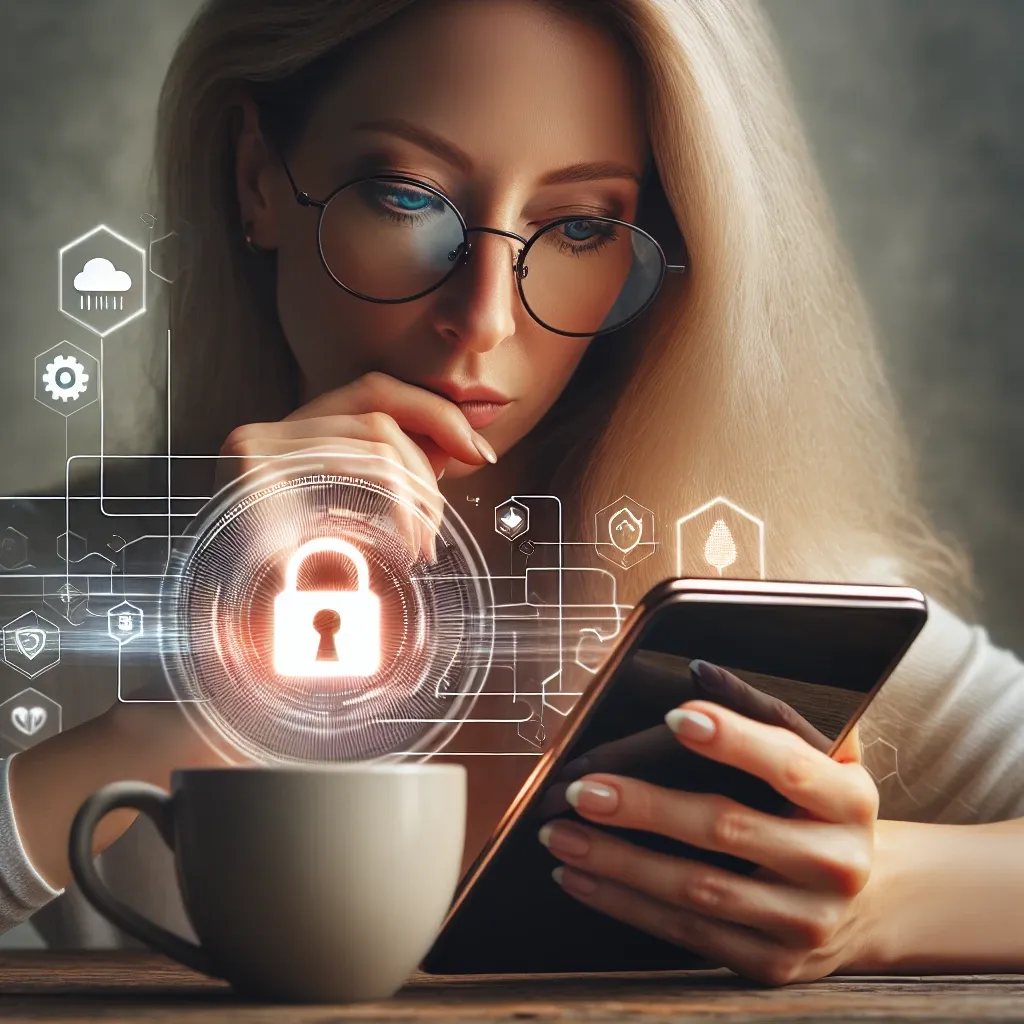When to Enable Stolen-Device Protection on iOS Devices
Understanding Stolen-Device Protection on iOS Devices
In today’s digital age, mobile devices are essential for our daily lives. They hold personal information, sensitive data, and even financial details. Apple’s iOS devices come equipped with a variety of security features, including stolen-device protection, which is crucial for safeguarding your information in case your device is lost or stolen. This article will guide you on when and how to enable this protection effectively.
What is Stolen-Device Protection?
Stolen-device protection is a feature that allows users to secure their devices in the event of theft or loss. When enabled, it ensures that your data remains inaccessible to unauthorized users and allows you to track and potentially recover your device.
Key Features of Stolen-Device Protection
- Find My iPhone: This feature helps locate your device on a map and can play a sound to aid in finding it.
- Activation Lock: This prevents anyone from using your device without your Apple ID and password.
- Remote Wipe: You can remotely erase all data on your device if you believe it is permanently lost.
When to Enable Stolen-Device Protection
Knowing when to enable stolen-device protection is essential to maximizing security. Here are specific scenarios when you should take action:
1. When Setting Up a New Device
As soon as you purchase and set up a new iPhone or iPad, enabling stolen-device protection should be one of your first steps. This ensures that your device is protected from the moment it leaves the store.
2. Before Traveling
Traveling, especially to unfamiliar places, increases the risk of losing your device. Ensure that stolen-device protection is enabled before you embark on your trip. Additionally, consider using a travel case that can secure your device effectively.
3. After Software Updates
After performing a significant software update, it’s wise to double-check that all security features, including stolen-device protection, are still enabled. Updates can sometimes modify settings inadvertently.
4. If You Frequently Change Locations
For individuals who frequently change environments—such as students moving between campuses or professionals transferring between offices—enabling stolen-device protection can provide peace of mind.
5. When Storing Sensitive Information
If your device stores sensitive information, such as banking apps or any personal health data, it’s imperative to enable stolen-device protection. This additional layer of security ensures that your information remains private.
How to Enable Stolen-Device Protection
Enabling stolen-device protection on your iOS device is a straightforward process. Follow these steps:
Step 1: Turn on Find My iPhone
1. Open the Settings app on your device.
2. Tap on your name at the top of the screen.
3. Go to Find My.
4. Select Find My iPhone and toggle it to On.
Step 2: Enable Activation Lock
1. Staying within the Find My settings, ensure that Send Last Location is turned on. This will send your device’s location to Apple when the battery is critically low.
Step 3: Use Two-Factor Authentication
1. Go back to your Apple ID settings.
2. Tap on Password & Security and then Two-Factor Authentication to enable this feature. This adds another layer of security when accessing your account.
Best Practices for Device Protection
Beyond enabling the built-in features, there are several best practices you can adopt for device protection:
1. Use Strong Passwords
Make sure that you are using strong, unique passwords for your Apple ID and other sensitive apps. Avoid using easily guessable information.
2. Regularly Update Your Device
Keep your iOS device updated with the latest software versions. These updates often contain important security enhancements that help protect your data.
3. Be Cautious with Public Wi-Fi
Public Wi-Fi networks can expose your device to potential threats. Use a VPN when connecting to public networks, and avoid accessing sensitive information while on them.
4. Be Mindful of Physical Security
Always be aware of your surroundings when using your device in public. Use secure bags or cases to store it when not in use.
Conclusion
In a world where our devices carry immense personal and sensitive information, enabling stolen-device protection is not just a precaution; it’s a necessity. By knowing when to enable this feature and how to implement it, you can significantly mitigate the risks associated with losing your iOS device. Embrace these practices to ensure your information remains secure, and take proactive steps to protect your digital life.

